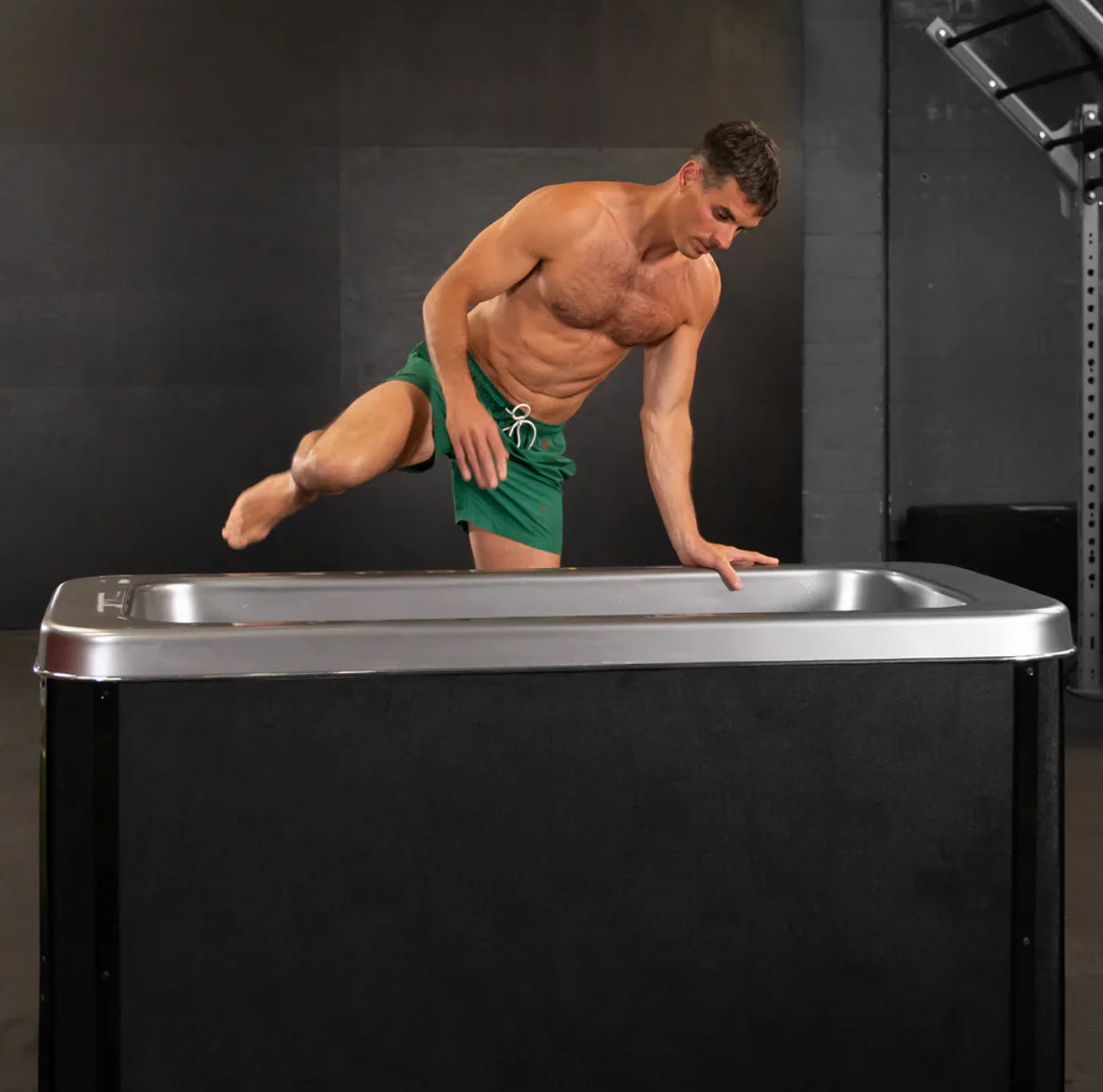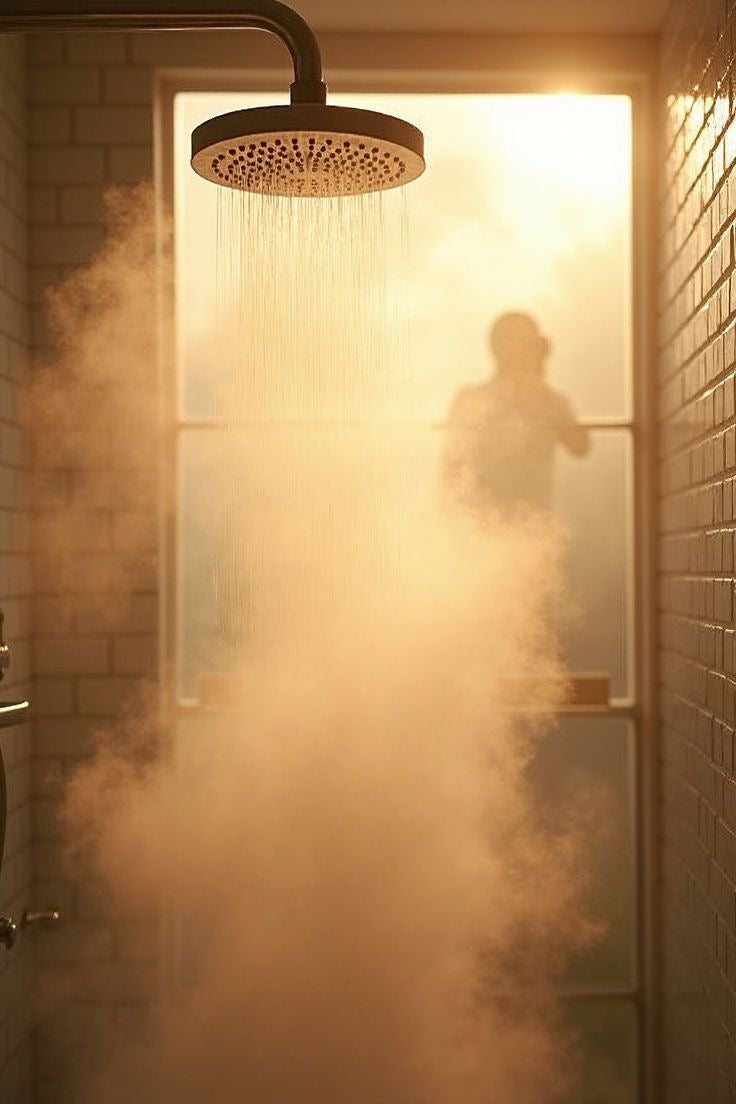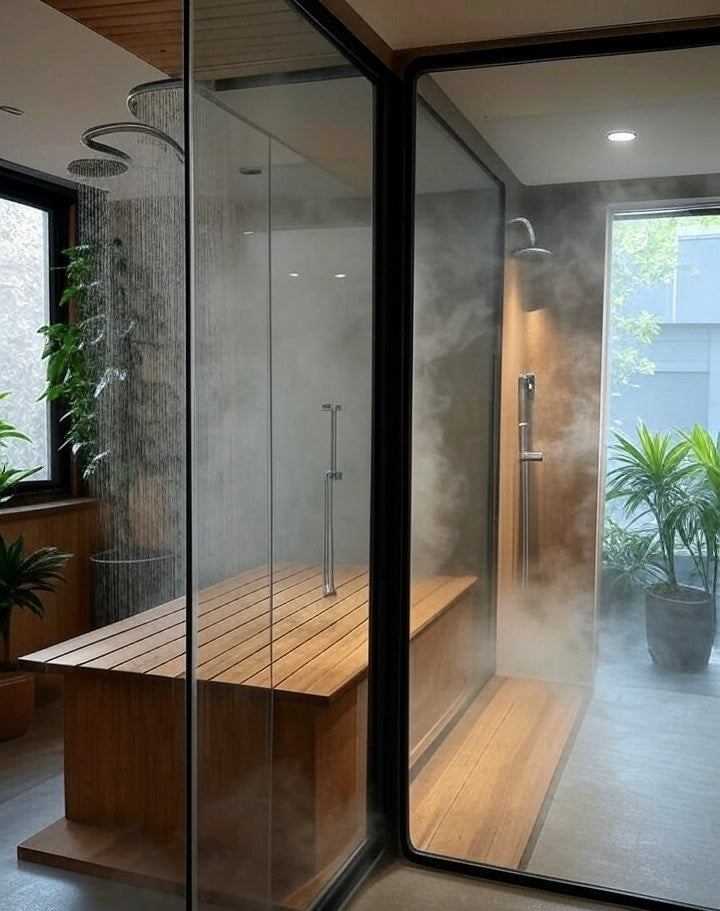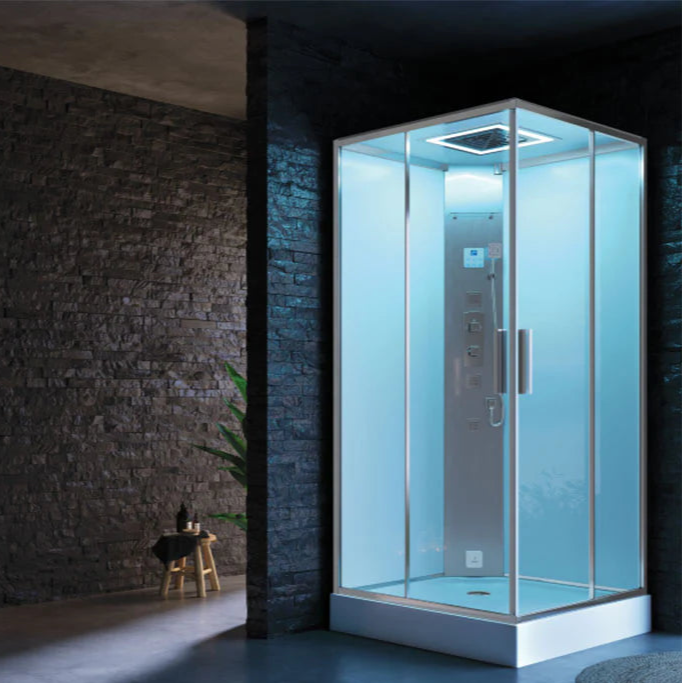Struggling with sore legs after a run? You’ve probably thought about trying an ice bath or cold plunge—but when should you do it?
Short answer: the best time to cold plunge after running is within 30 minutes of finishing your run. That’s when your body can benefit most from reduced inflammation and faster recovery. Read on to learn how to time it right and boost your post-run recovery like a pro!

The Science Behind Post-Run Cold Plunging: Why It Works
Understanding Muscle Recovery and Inflammation
Running creates tiny tears in muscle fibres. This leads to inflammation and soreness, especially after long or intense runs.
Cold plunging helps by lowering muscle temperature and slowing down activity in the tissues. This can limit swelling and reduce damage. It’s a simple, natural way to support recovery.
The Role of Vasoconstriction and Blood Flow
Cold water causes vasoconstriction, meaning your blood vessels tighten. This helps reduce fluid build-up and muscle swelling.
Afterwards, as you warm up, the vessels open again—known as vasodilation. This flushes out waste and brings oxygen and nutrients back to your muscles.
Impact on Delayed Onset Muscle Soreness (DOMS)
Plunging soon after a run can help limit DOMS. This soreness often peaks 24 to 48 hours after exercise.
Cold therapy reduces nerve activity and inflammation, which can ease pain. The sooner you plunge, the more effective it is.
Beyond Physical Recovery: Mental and Immune Benefits
Reducing Stress and Enhancing Mental Clarity
Cold plunging also has mental perks. It triggers a response in your nervous system that improves alertness.
It may also lower stress by reducing cortisol levels. Many runners report feeling more focused and energised after a quick plunge.
Boosting the Immune System and Overall Well-being
Regular cold exposure might support a stronger immune system. Over time, it could help you get ill less often.
It also boosts endorphins, the body’s natural feel-good chemicals. This makes it a useful habit for overall wellness and resilience.
Optimal Timing and Technique for Runners
When to Take the Plunge: Immediate vs. Delayed Immersion
Plunging within 30 minutes after your run is best. This is when cold therapy can most effectively reduce inflammation and aid recovery.
Waiting longer, up to two hours, still offers some benefit—but the effect becomes weaker the later you go.
Endurance Runs vs. Strength Training Considerations
After endurance runs, cold plunging helps reduce muscle fatigue and joint stress.
If you’ve also done strength training, it’s best to wait 1–2 hours before plunging. This delay allows your body to maximise muscle repair and growth.
The "Two-Hour Window" Concept for Benefits
This 2-hour recovery window is important. Most of the benefits of cold plunging come when it’s done during this time.
Go beyond that, and the recovery effects are not as strong. Keep your sessions consistent for best results.
Finding Your Sweet Spot: Duration and Temperature Guidelines
| Timing | Effect |
|---|---|
| 0–30 mins post-run | Ideal for inflammation control and recovery |
| 1–2 hours after | Still helpful, but less optimal |
| Over 2 hours | Reduced effectiveness on recovery outcomes |
Recommended Temperature Ranges (e.g., 4–15°C / 39–59°F)

Stick to 10°C to 15°C if you’re new to cold plunging. These temperatures are cold enough to be effective but still tolerable.
More experienced users can drop as low as 4°C. Always prioritise comfort and safety.
Ideal Immersion Times (e.g., 5–15 Minutes)
Begin with 5 minutes in the water. If that feels fine, gradually increase over time.
Keep your sessions under 15 minutes, especially in colder water. It’s better to stay consistent than to push limits.
How to Safely Incorporate Cold Plunging into Your Routine
Starting Slowly: From Cold Showers to Full Plunges
Not ready for full immersion? Start with cold showers.
Lower the temperature gradually over a few weeks. Once you adapt, move on to full plunges.
The Importance of Breathwork and Mindset
Cold water can be a shock. Focus on deep, steady breathing to help your body adjust.
Stay calm and remind yourself of the benefits. Your mindset makes a big difference.
Essential Safety Precautions and Contraindications
-
Never cold plunge alone
-
Avoid if you have heart issues, high blood pressure, or other health risks
-
Dry off and warm up immediately after
-
Stop if you feel dizzy, numb, or shaky
Weighing the Pros and Cons: Is Cold Plunging Right for You?
Key Advantages for Runners
-
Speeds up recovery
-
Reduces post-run soreness
-
Improves focus and mental sharpness
-
Helps with long-term injury prevention
Accelerated Recovery and Reduced Soreness
Cold plunging limits inflammation, helping you recover faster. You’ll feel less stiff and more ready for your next session.
Performance Enhancement and Injury Prevention
Plunging can help keep joints and tendons in better shape. With less soreness, you can train more consistently.
This lowers your risk of overuse injuries.
Potential Drawbacks and Considerations
Risks of Overexposure: Hypothermia and Cold Shock
Plunging too long or too cold can lead to hypothermia. Be mindful of your limits.
Shivering or numbness is your cue to get out.
Impact on Muscle Adaptation and Gains (for strength training)
Cold plunges may reduce muscle growth if done too soon after lifting weights.
If your goal is strength or muscle size, wait a couple of hours post-session.
When to Consult a Healthcare Professional
Always speak to a healthcare provider if you have heart, circulation, or respiratory issues. Cold exposure can affect all of these.
Get advice before making cold plunging a regular habit.
Alternative Recovery Strategies
Active Recovery Methods
Cold plunging isn’t for everyone. Light walking, stretching, or yoga can also boost recovery.
These methods keep blood moving and aid repair naturally.
Other Forms of Cold Therapy
Don’t have access to a Cold Plunge Tub? Try:
-
Cold showers
-
Ice packs on sore areas
-
Cryotherapy (if available locally)
Takeaways
-
Cold plunging within 30 minutes of running gives the best recovery benefits.
-
It helps reduce soreness, control inflammation, and boost mental clarity.
-
For strength workouts, delay plunging to protect muscle gains.
-
Always start slow, use safe temperatures, and listen to your body.
-
Not for everyone—consult a professional if you have health conditions.
Conclusion
Knowing when to cold plunge after running can turn a good recovery into a great one. The key is timing, consistency, and safety. Whether you’re chasing faster recovery or just love the post-plunge buzz, cold therapy can be a smart addition to your runner’s toolkit.
Stay chill—and recover well!






